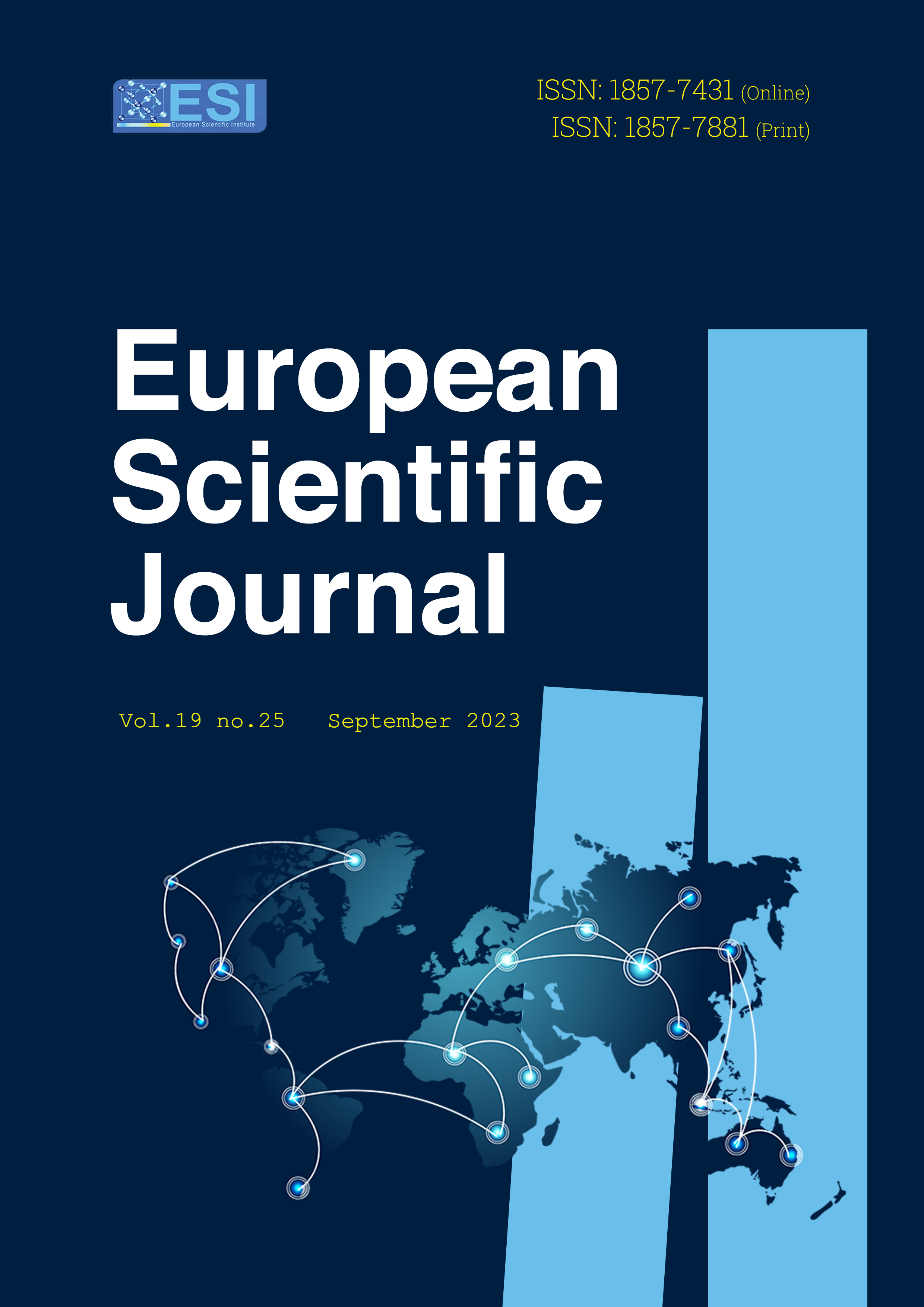Forecasting Inflation Rate in Ghana using Seasonal Autoregressive Integrated Moving Average Model with Monthly Consumer Price Index, 2012 -2022
Abstract
This study aimed at modeling and forecasting the inflation rate in Ghana using a seasonal autoregressive integrated moving average model with monthly consumer price index data from January 2012 to December 2022. Using the Philip-Parron unit root test, the result showed that the time series data was stationary in its first difference, showing that the consumer price index was integrated with the first order. Also, from the seasonal graph, seasonality was observed in the data. The correlogram of ACF and PACF helped to select the appropriate lag for p and q. Box-Jenkins procedure was applied to identify the appropriate model that fit the data. From the Box-Jenkins procedure, the SARIMA(1,1, 1)(1,1,1)12 model was identified as the best model to forecast the inflation rate. From the forecast graph, inflation will begin to rise in the second quarter of 2023. However, the forecast from January to March,, 2023 inflation rates were 54.9, 56.5 and 50.2, respectively. Therefore, it is highly likely that Ghanaian inflation will be rising in the subsequent months based on the 2012 to 2022 Consumer Price Index. The appropriate authorities should put monetary and fiscal policy measures in place to moderate the envisaged rise in inflation.
Downloads
PlumX Statistics
References
2. Aidoo, E. (2010). Modelling and Forecasting inflation rates in Ghana: An application of SARIMA models.
3. Alnaa, S. E., & Ahiakpor, F. (2011). ARIMA (autoregressive integrated moving average) approach to predicting inflation in Ghana. Journal of economics and international finance, 3(5), 328-336.
4. Aminu, M. M., Mohammed, S., & Zaharaddeen, M. A. (2021). FORECASTING NIGERIA’S INFLATION USING SARIMA MODELING. JOURNAL OF ECONOMICS AND ALLIED RESEARCH, 6(1), 233-247.
5. Enu, P and Havi, EDK (2014). Macroeconomic Determinants of Inflation in Ghana: A Cointegration Approach. International Journal of Academic Research in Business and Social Sciences, 4(7), pg. 95-110.
6. Fannoh, R. (2018). Modeling Inflation Rates in Liberia; SARIMA Approach (Doctoral Dissertation, JKUAT-PAUSTI).
7. Ghana Statistical Service (2023). CPI Various issues.
8. Nortey, E. N., Ngoh, D. D., Doku-Amponsah, K., & Ofori-Boateng, K. (2015). Modelling inflation rates and exchange rates in Ghana: application of multivariate GARCH models. SpringerPlus, 4, 1-10.
9. Pintilescu, C., Airinei, D., Baciu, I. C., & Viorica, D. (2015). Stochastic Models for the Inflation Rate in Romania. Transformations in Business & Economics, 14.
10. Suleman, N., & Sarpong, S. (2012). Empirical approach to modeling and forecasting inflation in Ghana. Current Research Journal of Economic Theory, 4(3), 83-87.
11. Kapur, M. (2012). Inflation forecasting: Issues and challenges in India. Reserve Bank of India Working Paper, (01).
12. Zhang, L., & Li, J. (2012, December). Inflation forecasting using support vector regression. In 2012 Fourth International Symposium on Information Science and Engineering (pp. 136- 140). IEEE.
Copyright (c) 2023 Emmanuel Dodzi Kutor Havi

This work is licensed under a Creative Commons Attribution 4.0 International License.








